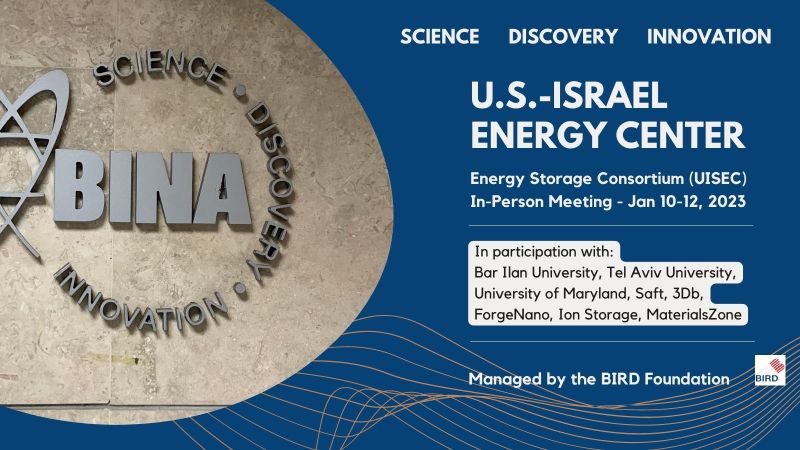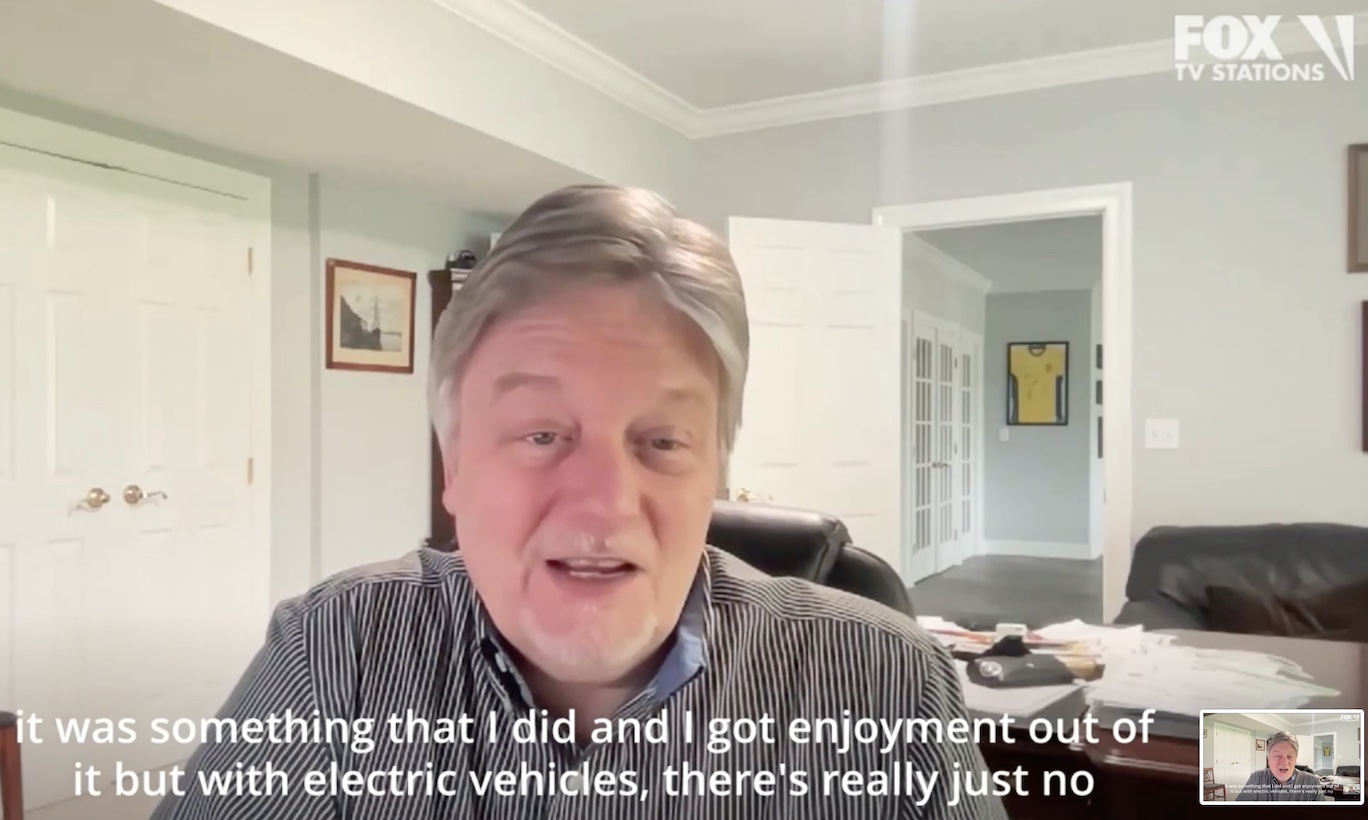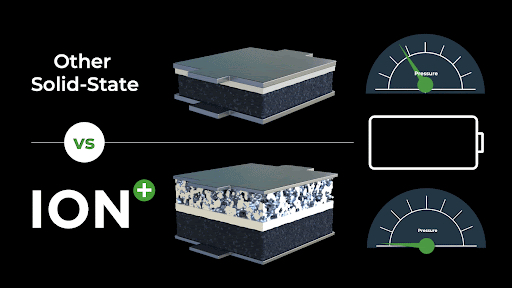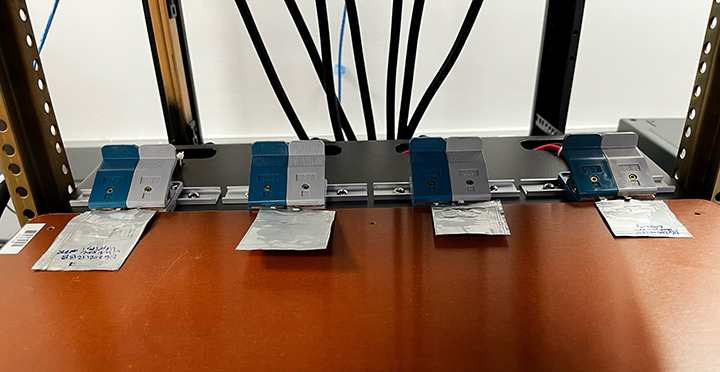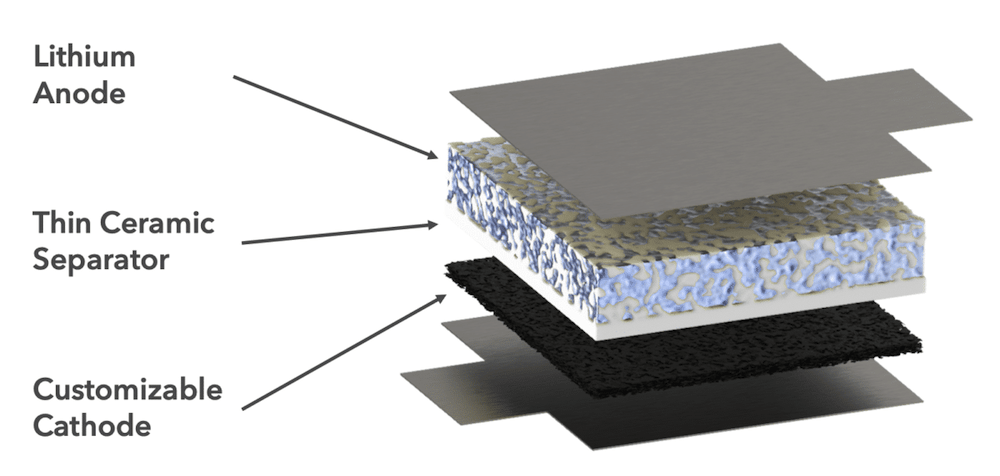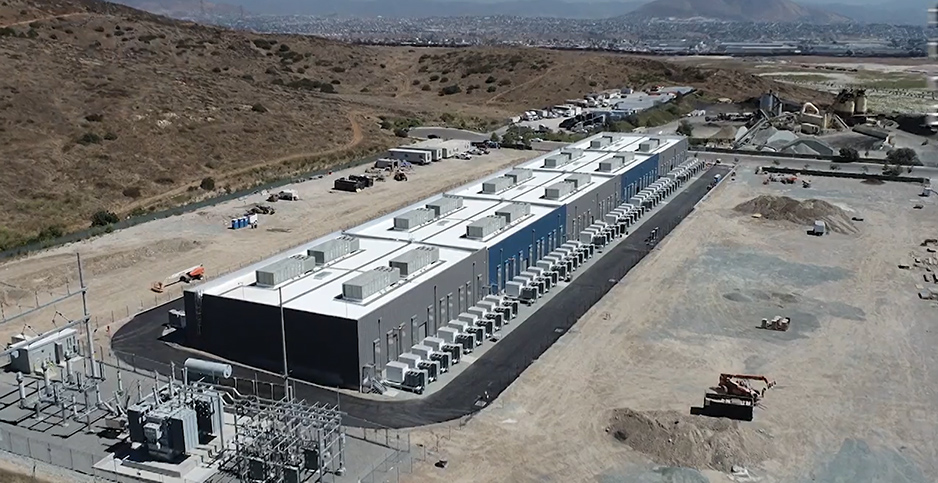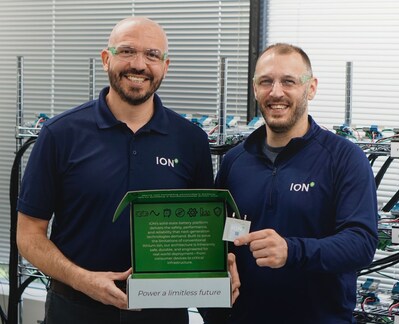News Story
Dr. Liangbing Hu Winner of R&D 100 Award
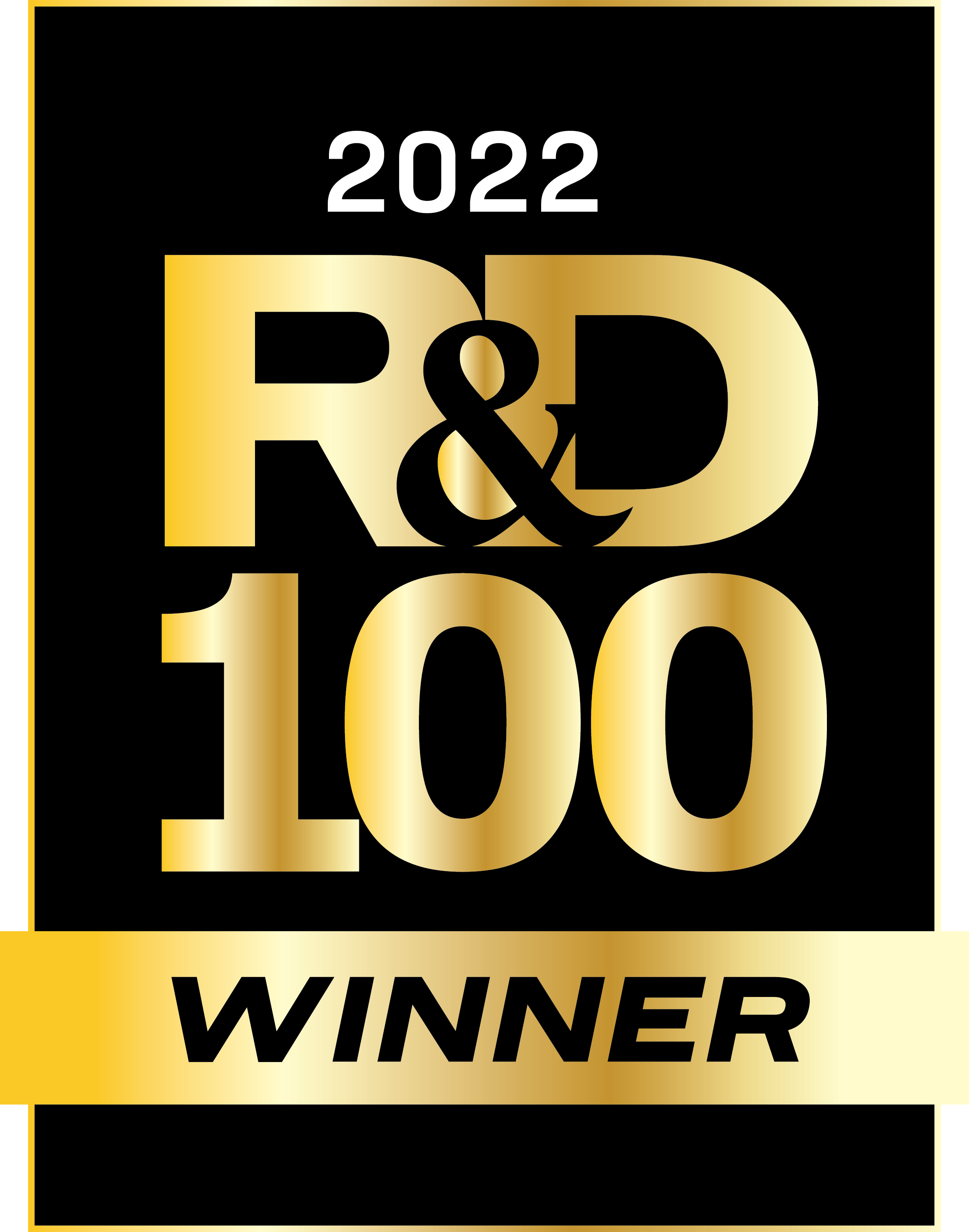
Winners for the 2022 R&D 100 Awards were recently announced by R&D World magazine. This renowned worldwide science and innovation competition, celebrating its 60th year, received entries from a dozen different countries and regions. Dr. Liangbing Hu, Director of the Center for Materials Innovation in the University of Maryland’s Department of Materials Science and Engineering (MSE), was among those honored as a winner for his “Expanded Cellulose Super Ion Conductor” invention. This is the highest achievement in the R&D community.
The R&D 100 Awards honor the latest and best innovations, identifying the top technology products of the past year. Since 1963, the R&D 100 Awards have identified revolutionary technologies introduced to the market. The full list of winners is available in the latest press release on the R&D World website.
Hu and colleagues have developed a general strategy for achieving high-performance solid polymer ion conductors by engineering of molecular channels. Through the coordination of copper ions (Cu2+) with one-dimensional cellulose nanofibrils, the opening of molecular channels within the normally ion-insulating cellulose enables rapid transport of Li+ ions along the polymer chains. In addition to high Li+ conductivity, the Cu2+-coordinated cellulose ion conductor also exhibits a high transference number and a wide window of electrochemical stability that can accommodate both the Li-metal anode and high-voltage cathodes.
This 1D ion conductor can also function as an ionic building block for forming solid-state ionic conducting networks, enabling it to be compatible with thick cathodes and thus high-energy-density solid-state batteries. The success of this design strategy creates a class of polymer ion conductors that enable fast conduction by various cations (for example, Na+) with high room-temperature ionic conductivities that have so far been challenging for traditional polymer electrolytes.
Hu noted, “As a new material platform, the expanded cellulose through a unique molecular chain engineering opens up many opportunities in high-performance, low-cost battery technologies.”
Broad impact examples beyond safe solid-state batteries include electrochemical synaptic devices, solid-state sensors, and redox-controlled information processing and storage.
Hu has previously been honored three times as an R&D 100 Winner in 2018 (Super Wood: Stronger and Lighter Than Steel); 2020 (High Entropy Alloy Catalysts); and in 2021 (UHS rapid sintering).
The original work can be found at: Yang, C., Wu, Q., Xie, W. et al. Copper-coordinated cellulose ion conductors for solid-state batteries. Nature 598, 590–596 (2021). https://doi.org/10.1038/s41586-021-03885-6
Published August 17, 2022


